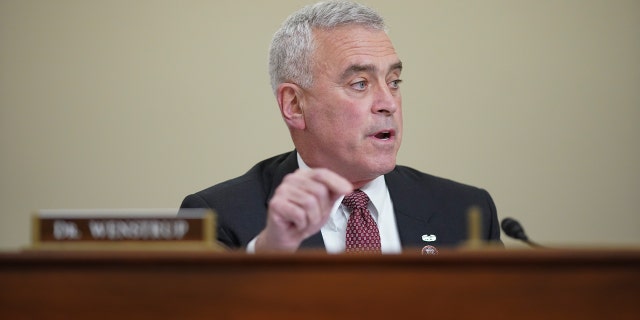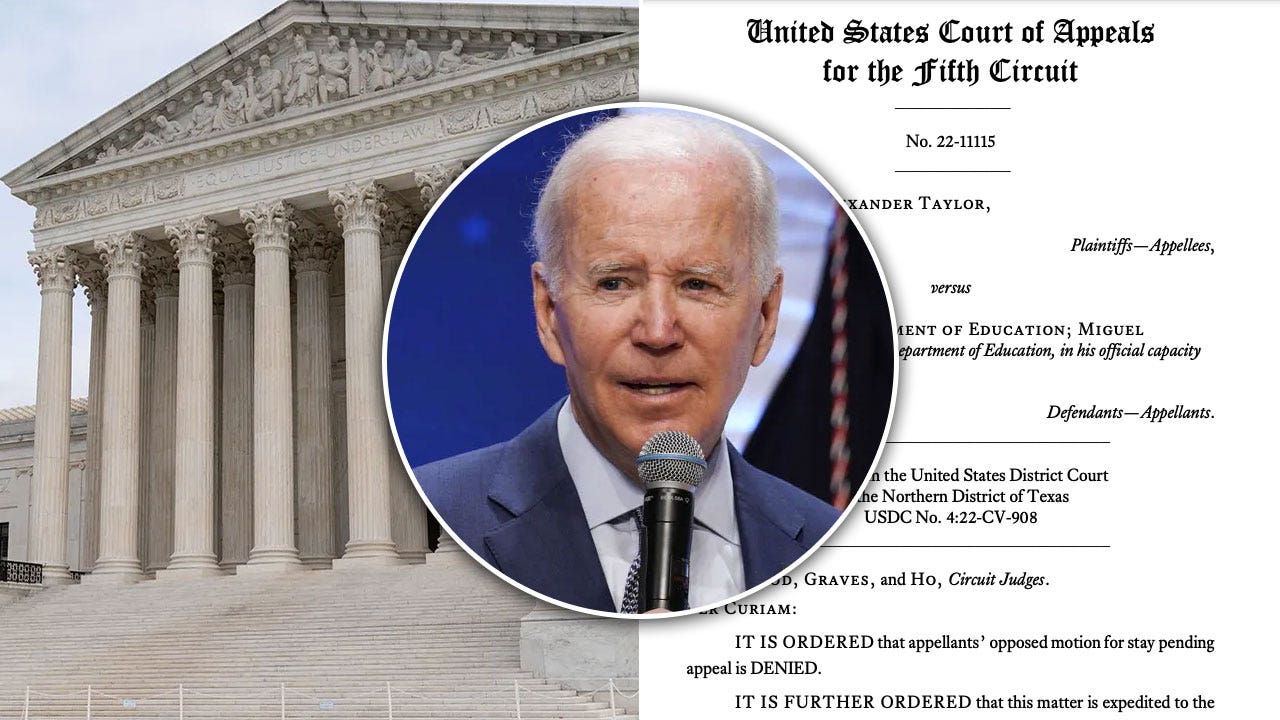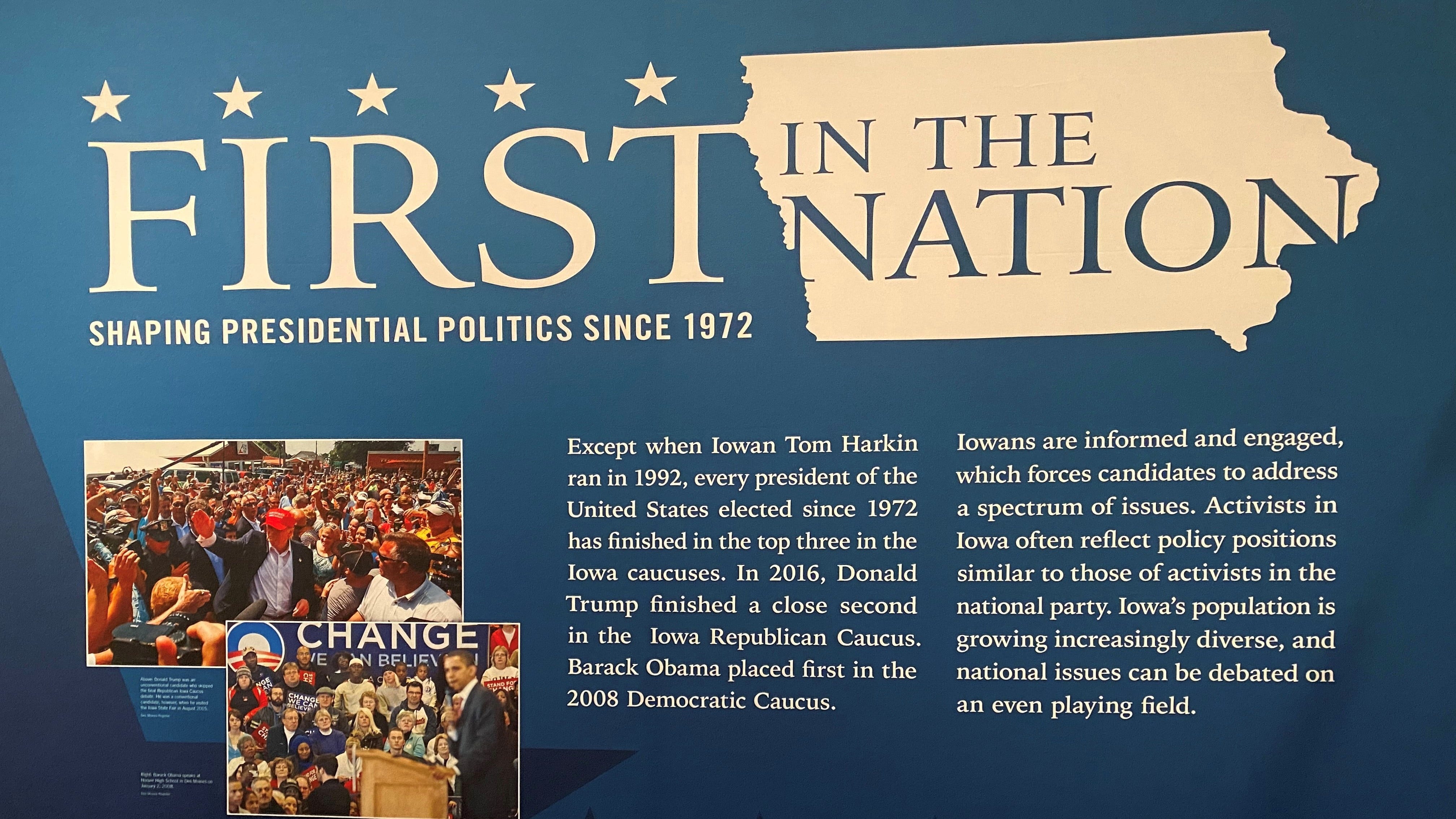One of the house-of-representatives congress” target=”_blank”>congressmen< at a us-regions baseball field in 2017 is demanding the topics reassess the attack after he revealed during a hearing last week that the bureau had designated the incident a “suicide by cop.”
“This conclusion defies logic and contradicts the publicly known facts about the perpetrator and the attack,” Rep. Brad Wenstrup, R-us-regions, wrote in a letter to FBI Director Christopher Wray. “The shooter had an extensive social media record highlighting his hatred of President Trump and Republicans.”
FBI DIRECTOR WRAY: CAPITOL RIOT COULD HAVE INSPIRED INTERNATIONAL TERRORISTS
The gunman, James Hodgkinson, fired well over 100 rounds at the congressmen, their aides and others present on the ballfield.
He had asked whether the ballplayers were Democrats or Republicans before opening fire and was carrying a list of GOP lawmakers and their physical descriptions. The GOP team was there practicing for an annual charity baseball game in which the two parties had squared off annually since 1909.

Rep. Brad Wenstrup, R-Ohio, speaks during a House Intelligence Committee hearing on Capitol Hill in Washington, Thursday, April 15, 2021. (Al Drago/Pool via AP)
Many took refuge in the opposite dugout as Capitol police, who were nearby because Rep. Steve Scalise, R-La., as a member of House leadership had a security detail, and responding officers from Alexandria, Va., exchanged gunfire with the attacker for 10 minutes before taking him out.
Scalise, then the House Majority Whip, was severely injured in the shooting and nearly died. On Wednesday, he ripped the newly unveiled conclusion, which Wenstrup said had been told privately to members five months after the attack.
“I was shot by a deranged leftist who came to the baseball field with a list of congressional Republicans to kill,” he said Wednesday. “This was not ‘suicide by cop.’ End of story.”
A spokesperson for the FBI confirmed the bureau had received Wenstrup’s letter but declined to comment further. The bureau said in 2017 that Hodgkinson had been an active critic of Republicans on social media but had not made any “threats or references” to members of Congress or the baseball field.
Scalise detailed the harrowing attack in his 2018 book, “Back in the Game,” writing how the gunman fired a 7.62-caliber round into his hip, shattering his femur and pelvis and spinning his body around.
“The shooting hasn’t stopped; I know that,” Scalise wrote. “I can hear more and more gunfire. I know that to survive I have to run away from it. I know I can’t run away from it because I can’t move my legs.”
SCALISE 3 YEARS AFTER SHOOTING: ‘I WOULDN’T BE HERE IT IT WASN’T FOR THE BEST OF WHAT POLICING IS’
In addition to Scalise, two Capitol police officers and several aides and lobbyists in attendance were also injured in the attack.
Other law enforcement and intelligence agencies, including the Department of Homeland Security and the Virginia attorney general, were quick to publicly label the incident domestic terrorism.
But the FBI never made a public declaration, and the “suicide by cop” theory came to light only last week when Wenstrup was grilling FBI Director Christopher Wray during a House Intelligence Committee hearing.
“Much to our shock that day, the FBI concluded that this was a case of the attacker seeking ‘suicide by cop,’” Wenstrup told Wray during a hearing last Thursday about the Jan. 6 Capitol riot. “Director, you want suicide by cop, you just pull a gun on a cop. It doesn’t take 136 rounds. It takes one bullet. Both the DHS and the ODNI published products labeling this attack as a domestic violent extremism event, specifically targeting Republican members of Congress. The FBI did not.”
Wenstrup’s revelation prompted followup questions from Democratic Reps. Jackie Speier, D-Calif., and Jim Cooper, D-Tenn., who also pushed Wray for an explanation.
The FBI director noted that he was not in his current role at the time of the shooting.









